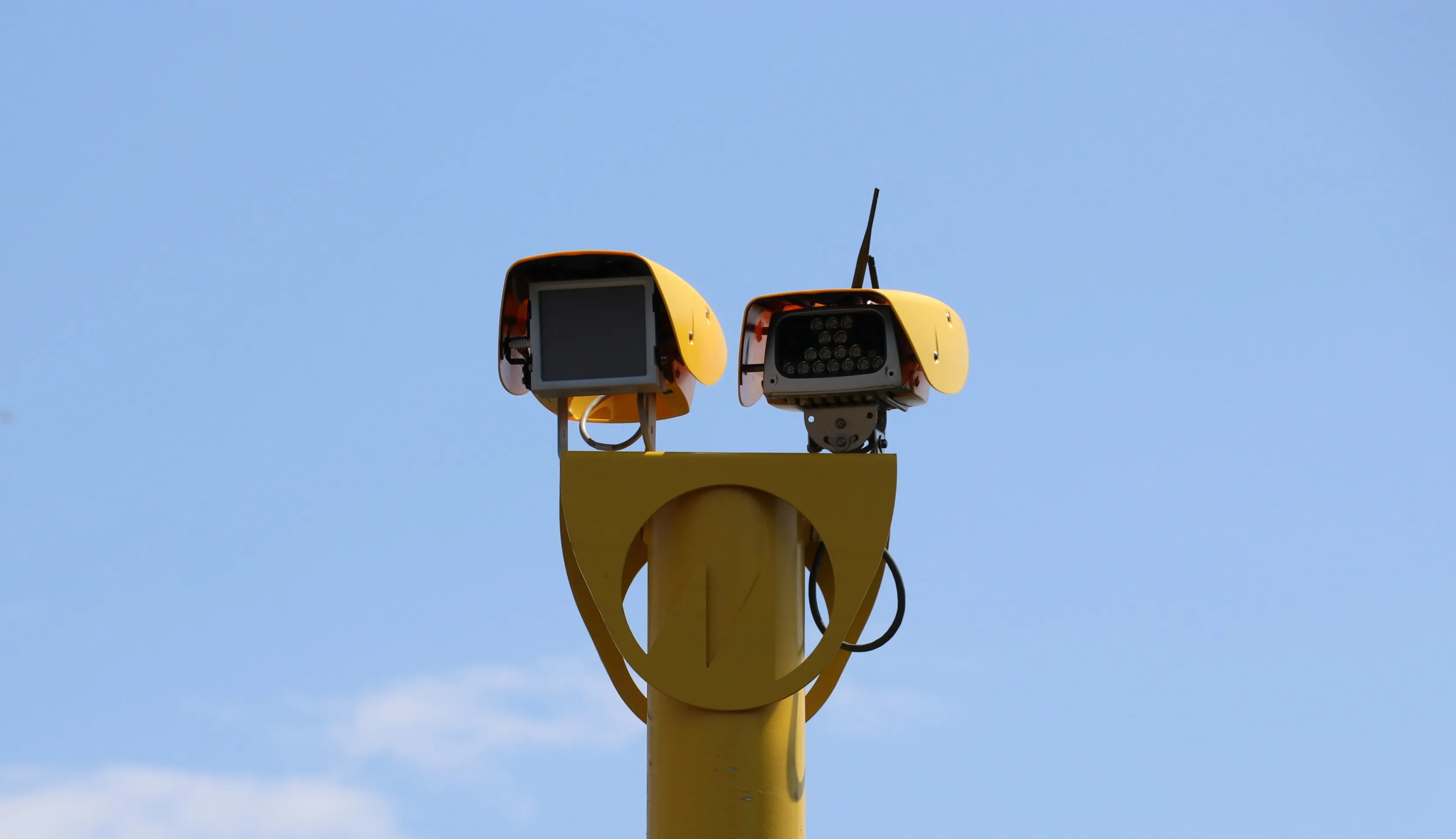Vysionics has been working with the UK’s Network Rail on a development project to reduce the number of fatalities that occur on the rail network. This included the development of a new Home Office Type Approved (HOTA) device that allows for automatic, unattended enforcement of vehicles that misuse level crossings.
Vysionics’ Vector LX level crossing red light enforcement system has been awarded HOTA certification and is now operational at sites across the UK; the first ever non-invasive solution to ac
June 18, 2015
Read time: 2 mins
Vysionics’ Vector LX level crossing red light enforcement system has been awarded HOTA certification and is now operational at sites across the UK; the first ever non-invasive solution to achieve unattended enforcement approval.
Vector LX is a new device, pulling together a number of highly capable but standard modules into an integrated package. Using a combination of video, automatic number plate recognition and scanning radar, the system is able to monitor multiple vehicles and journeys in all weather and lighting conditions.
A non-invasive design approach means that the system does not interface directly with the wigwag signals and removes the need for in-road loops and strips. Whilst the current HOTA approval covers just the capture of red light offences, a planned development will also allow the system to capture and present anonymous survey data, providing information such as vehicle speeds, queue lengths, pedestrian misuse and traffic volumes, all sorted by time and day.
Geoff Collins, sales and marketing director for Vysionics said “This is a fantastic opportunity for us and we are delighted to be working with Network Rail on such an important project. VECTOR LX will deliver a truly innovative solution that can help to reduce deaths and injuries on level crossings”.









